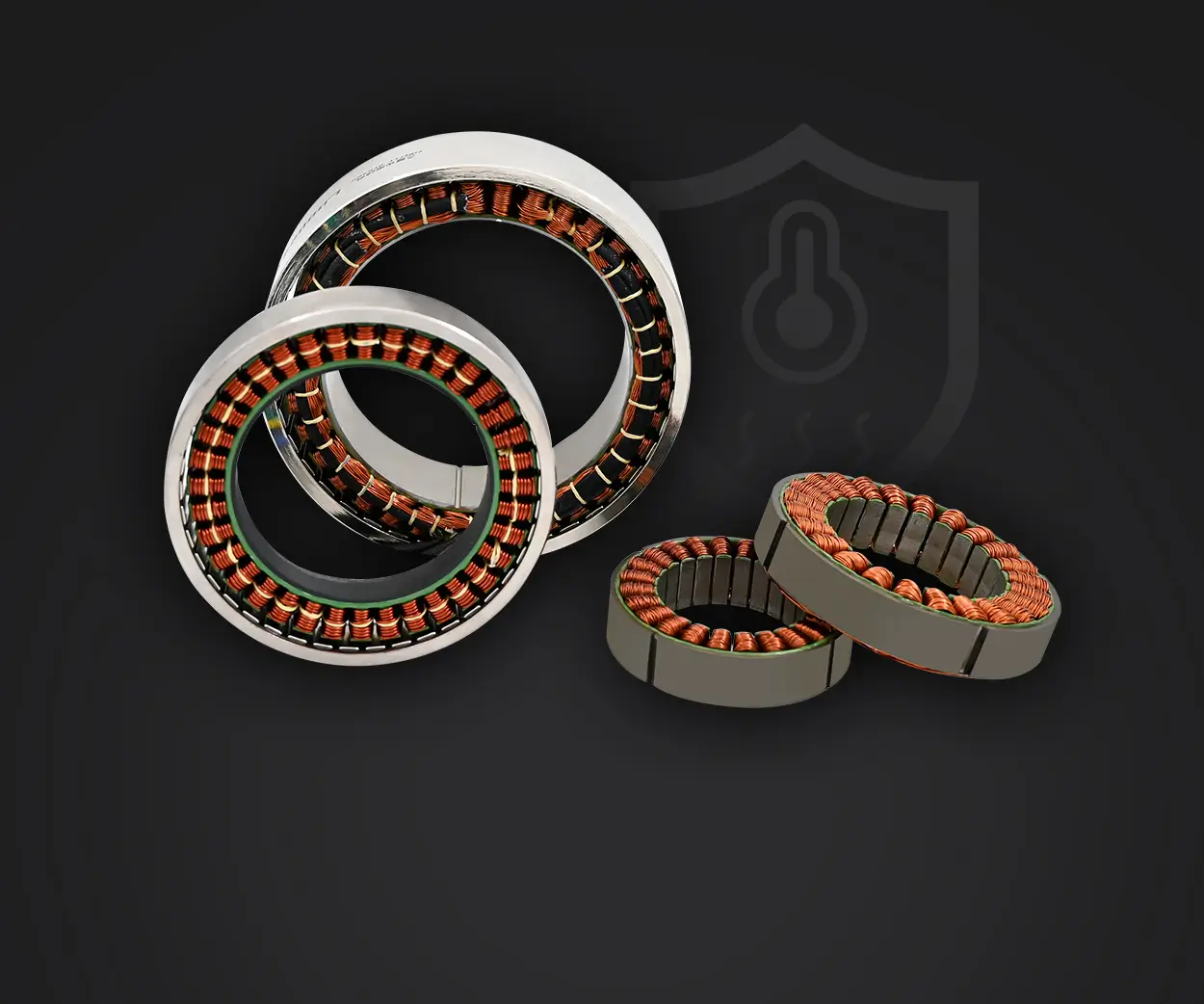In the world of modern software architecture, two concepts that frequently pop up are CQRS (Command Query Responsibility Segregation) and microservices design patterns. While both have gained popularity for their ability to address scalability and complexity in large systems, they are often intertwined to create more efficient, maintainable, and highly performant systems.

Let’s start with CQRS. At its core, this pattern is about splitting the reading and writing operations of a system into separate models. Why? Think about it like this: your system might have lots of different users with varying needs. Some may need to create or update data, while others simply want to read it. By separating these two concerns, you can optimize each for its purpose. For instance, while writes might need to be highly transactional, reads can be more optimized for speed, which is crucial when your system scales.
You’ve probably heard of microservices too, right? They’ve completely transformed how we think about building applications. Instead of having a monolithic system where everything is tightly coupled, microservices break your application down into smaller, manageable pieces. Each service is responsible for a specific function, like user management or order processing. This means that teams can work on different services independently, and they can be scaled independently as well.
But what happens when you mix CQRS with microservices? That’s when things get really interesting. Microservices are all about flexibility and scalability, and CQRS helps fine-tune that scalability. For example, each microservice might handle different commands and queries through their own distinct models. One microservice could handle complex business logic and writes, while another could focus purely on reads, giving you more control over how data flows through your system.
You might be thinking, “Okay, that sounds good, but how does this work in practice?” Let’s say you have an e-commerce platform. Your order service might need to handle frequent updates, like when a user adds or removes items from their cart. This would be the command side of CQRS. The query side could be focused on retrieving data for product listings, which needs to be fast and highly available. Each microservice that handles these operations would interact with its own data model optimized for its specific task.
Another benefit of this setup is the way it helps with system resilience. Since each microservice is isolated, any issues that arise in one service won’t necessarily bring down the whole application. If your order service is experiencing issues, users can still browse products, check out, or interact with other parts of your platform. This separation also makes it easier to scale different parts of your system as needed.
For teams adopting CQRS and microservices, one challenge is managing eventual consistency. When you separate reads and writes across different services, making sure data is consistent across the system can get tricky. However, the benefits of scalability and flexibility far outweigh the challenges, especially when you use tools like event sourcing to keep your services in sync.
In conclusion, combining CQRS with microservices isn’t just a trend – it’s a powerful way to design and scale complex systems. With the ability to optimize reads and writes independently, while also ensuring resilience and scalability, this design pattern is perfect for any organization looking to build robust, high-performance applications. If you’re already working with microservices or planning to adopt them, integrating CQRS could be the next step in taking your system to the next level.
Established in 2005, Kpower has been dedicated to a professional compact motion unit manufacturer, headquartered in Dongguan, Guangdong Province, China. Leveraging innovations in modular drive technology, Kpower integrates high-performance motors, precision reducers, and multi-protocol control systems to provide efficient and customized smart drive system solutions. Kpower has delivered professional drive system solutions to over 500 enterprise clients globally with products covering various fields such as Smart Home Systems, Automatic Electronics, Robotics, Precision Agriculture, Drones, and Industrial Automation.




































